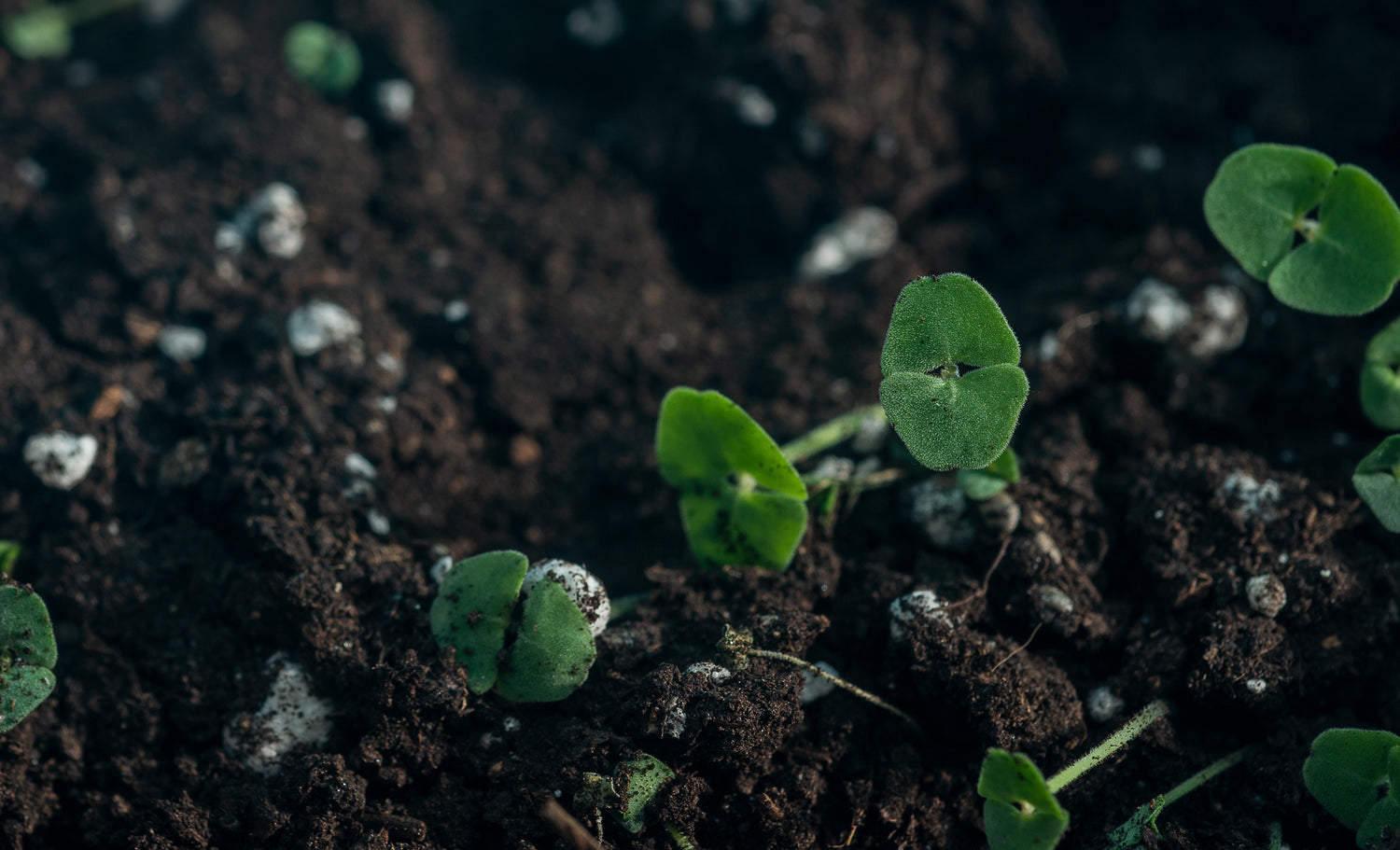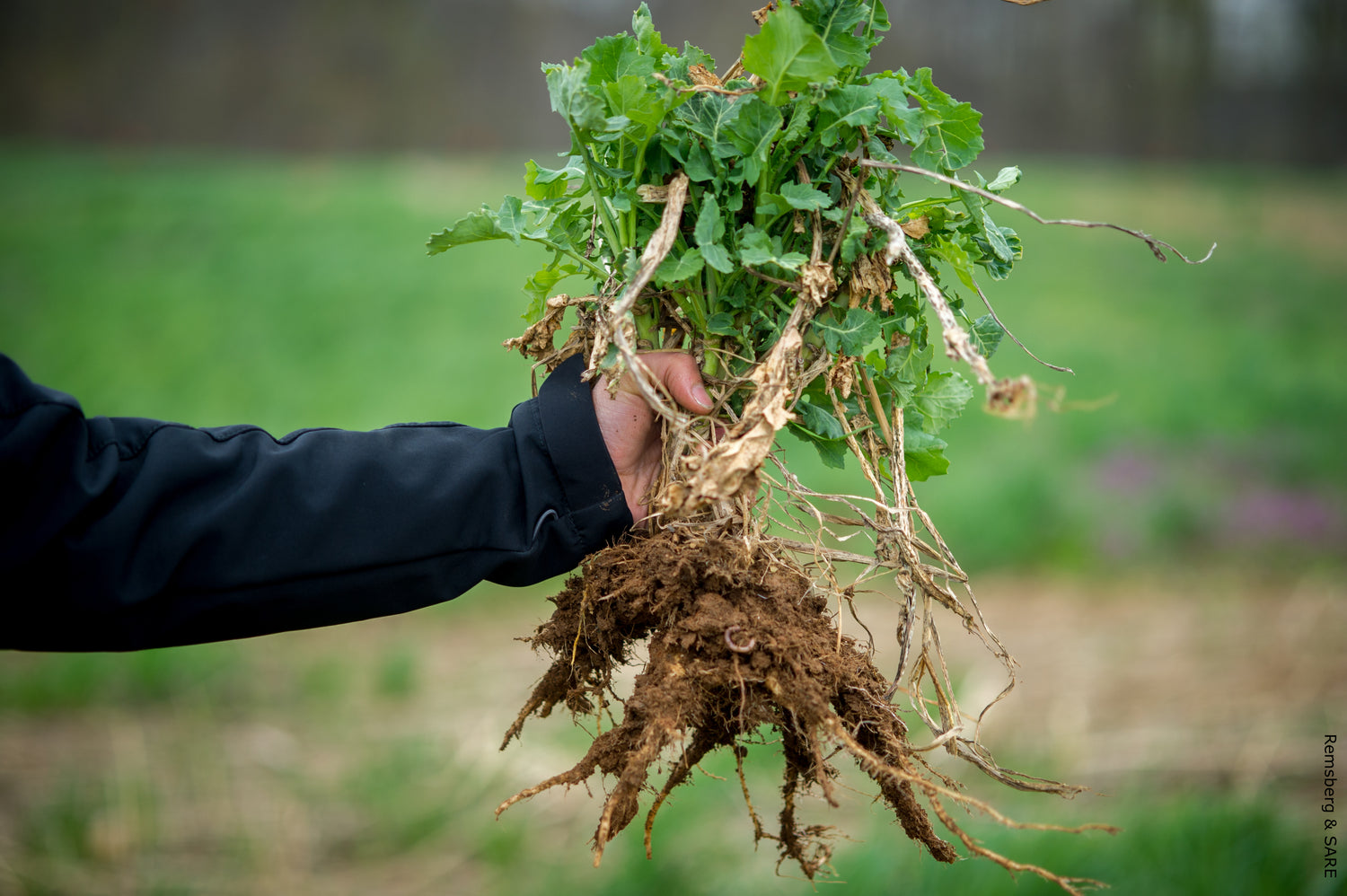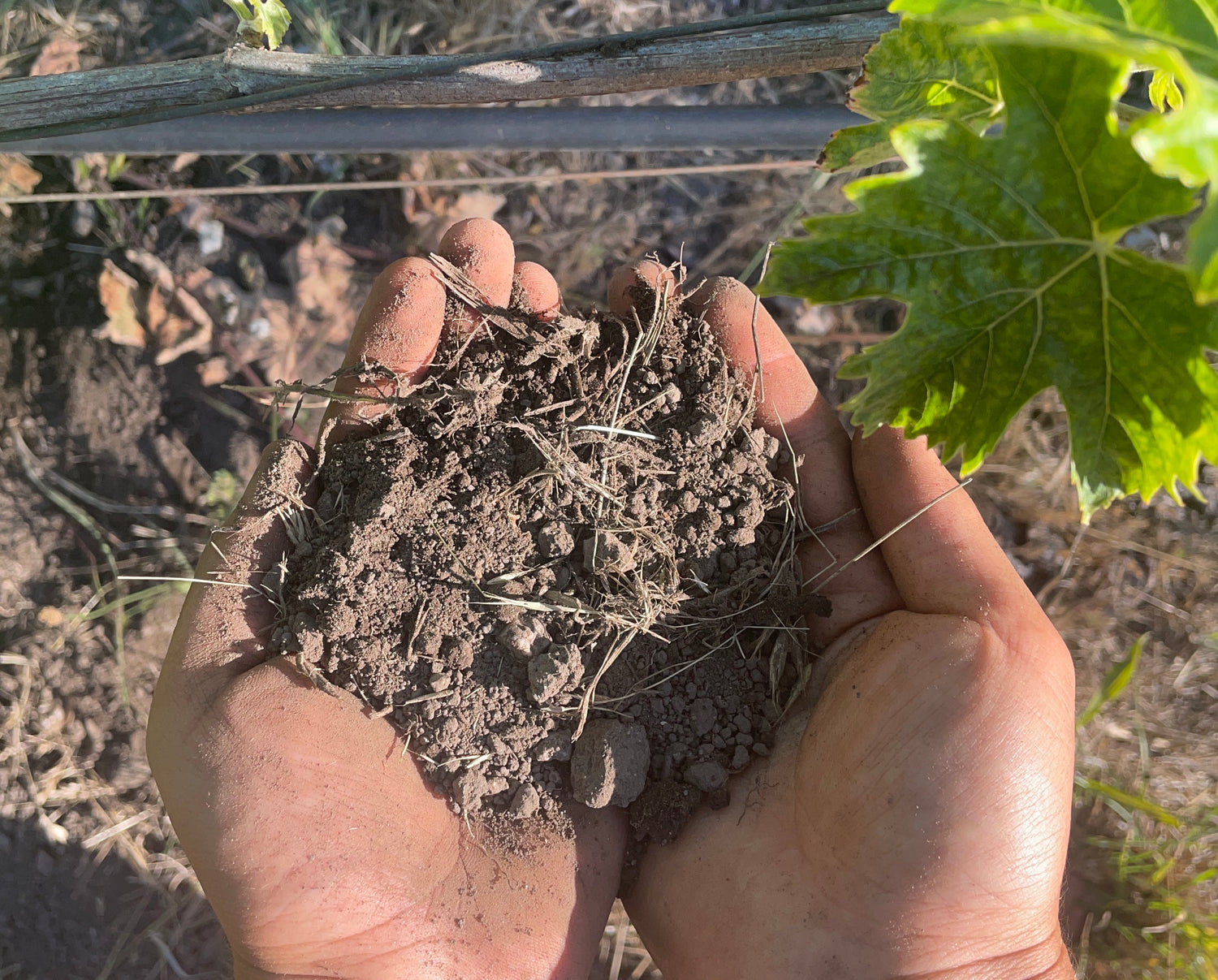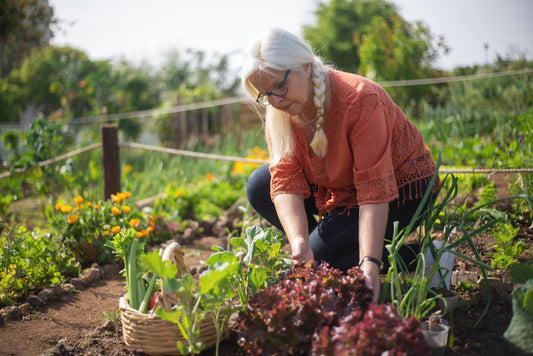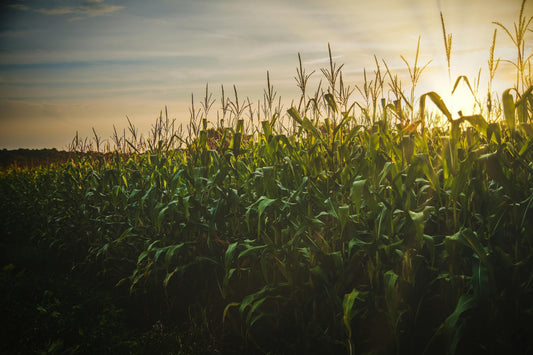Orange, California's location in the Los Angeles Basin and proximity to the Santa Ana River have created diverse soil conditions from fertile alluvial deposits supporting historic citrus agriculture to challenging urban soils requiring specialized management for successful landscaping and gardening.
Complete Guide to Orange California Soil Types: 2025 Urban Agriculture and Landscaping Resource
Orange, California features six distinct soil types shaped by geological history and human activities: fertile alluvial soils from river deposits, versatile sandy loam soils in suburban areas, moisture-retaining clay soils, coastal sand dune soils, and urban soils requiring contamination management and specialized techniques.
Nestled in sunny Southern California, Orange is a vibrant city known for its citrus groves, suburban neighborhoods, and rich cultural heritage. Beneath its surface lies a diverse array of soil types, shaped by its geological history, climate, and human activities. Understanding the soil diversity of Orange is essential for various purposes, including agriculture, urban planning, and environmental conservation.
Geological and Environmental Context
Los Angeles Basin Framework
Orange's soil diversity is rooted in its geological history, dating back millions of years. The city lies within the greater Los Angeles Basin, characterized by a complex mosaic of sedimentary, igneous, and metamorphic rocks. The region's topography has been shaped by tectonic forces, erosion, and sediment deposition, resulting in diverse soil formations.
The USDA Natural Resources Conservation Service provides comprehensive soil survey information for Orange County through the Web Soil Survey system, which contains information collected by the National Cooperative Soil Survey over more than a century. This database provides detailed soil data, maps, and information for natural resource planning and management.
Climate and Soil Development
Southern California's Mediterranean climate, characterized by mild, wet winters and warm, dry summers, significantly influences soil formation and characteristics. The region's limited rainfall and high evapotranspiration rates affect soil moisture patterns and chemical processes that determine soil properties.
Primary Soil Types in Orange, California
Alluvial Soils: Agricultural Foundation
One of the predominant soil types in Orange is alluvial soil, which forms from the deposition of sediments by rivers, streams, and other water bodies. Orange's fertile alluvial soils are primarily found in the floodplains of the Santa Ana River and its tributaries, which have transported sediments from surrounding mountains and foothills, enriching the valley with nutrient-rich soils.
These soils are characterized by high fertility, good drainage, and ability to support diverse vegetation. Alluvial soil serves as the foundation for the city's agricultural heritage, including its historic citrus industry that gave Orange County its name. The balanced composition of sand, silt, and clay in these soils provides excellent growing conditions for a wide variety of plants.
Management of alluvial soils focuses on maintaining organic matter content, proper irrigation scheduling, and nutrient management to sustain their high productivity potential for both agricultural and landscaping applications.
Sandy Loam Soils: Suburban Versatility
Sandy loam soil is another common soil type in Orange, particularly in areas with a balanced mix of sand, silt, and clay particles. This optimal soil composition provides good drainage, moisture retention, and nutrient availability, making it ideal for agriculture and landscaping applications.
Sandy loam soil is prevalent in Orange's suburban neighborhoods, parks, and green spaces, where it supports healthy lawns, gardens, and ornamental plants. Its versatility and moderate fertility make it highly prized by homeowners and landscapers for residential applications.
The well-balanced texture allows for adequate air space for root development while retaining sufficient moisture and nutrients for plant growth. This makes sandy loam particularly suitable for Mediterranean landscaping and drought-tolerant plantings common in Southern California.
Clay Soils: Moisture Management Challenges
In certain areas of Orange, clay soil can be found, characterized by fine texture and high plasticity. Clay soil forms from the weathering and decomposition of rocks rich in minerals such as feldspar and mica, resulting in soils with small particle sizes and high surface area.
While clay soil retains moisture well and can be nutrient-rich, it can also be prone to compaction and poor drainage, especially in urbanized areas with heavy foot and vehicle traffic. The fine texture can lead to waterlogging during wet periods and hard, cracked surfaces during dry conditions.
Managing clay soil in Orange requires proper irrigation techniques, soil amendments such as organic matter additions, and specialized landscaping techniques to ensure optimal plant growth and soil health. Drainage improvements and careful traffic management help maintain soil structure.
Coastal Sand Dune Soils: Specialized Ecosystems
Along Orange County's coastline, sandy soils dominate the landscape, particularly in regions with sand dunes and coastal habitats. Coastal sand dune soil is formed by wind and wave action, resulting in loose, sandy substrates with characteristically low nutrient content and high drainage rates.
Despite poor fertility, coastal sand dune soil supports unique ecosystems of specialized plants adapted to harsh coastal environments including salt spray, sand movement, and limited water retention. These sandy habitats play vital roles in protecting coastal ecosystems, providing habitat for native dune vegetation and stabilizing shoreline areas.
Management of coastal soils requires understanding of native plant communities, salt tolerance, and erosion control measures to maintain ecosystem stability while accommodating human activities.
Urban Soils: Human-Modified Systems
As a rapidly growing urban center, Orange is home to urban soils significantly influenced by human activities and land use practices. Urban soil quality varies depending on factors such as industrial activities, vehicular traffic, construction, and land development history.
Contaminants such as heavy metals, petroleum products, and pollutants from urban runoff can affect soil health and environmental quality. These soils often exhibit altered structure, compaction, contamination, and modified drainage patterns compared to natural soil systems.
Managing urban soil pollution requires comprehensive strategies including soil testing, remediation techniques, and green infrastructure implementation to mitigate the impacts of human activities on soil resources and ensure safe conditions for urban agriculture and landscaping.
Soil Testing and Analysis Resources
USDA NRCS Web Soil Survey
The USDA Natural Resources Conservation Service Web Soil Survey provides comprehensive soil data and information for Orange County, offering detailed soil maps, property descriptions, and land use interpretations. This resource provides soil data for more than 95% of counties within the United States, including detailed information for urban planning and agricultural applications.
The Web Soil Survey allows users to create custom reports by selecting specific areas of interest, providing essential information for land-use and management decisions in Orange's diverse soil landscape.
University of California Resources
UC Agriculture and Natural Resources provides soil testing laboratory listings and educational resources through their Cooperative Extension system. While there isn't a centralized UC soil testing facility, various county offices provide access to soil testing services and interpretation guidance.
UC Master Gardeners of Orange County offer educational resources on soils, fertilizers, and composting, providing practical guidance for residential soil management and sustainable gardening practices.
Professional Testing Services
Various certified laboratories provide comprehensive soil testing services for Orange County residents, including analysis of pH, nutrients, organic matter, and potential contaminants. These services are essential for urban agriculture, landscaping projects, and environmental monitoring.
Soil Management Strategies
Irrigation and Water Management
Southern California's Mediterranean climate requires careful water management across all soil types. Sandy soils need frequent, light irrigation, while clay soils require less frequent but deeper watering to prevent runoff and ensure adequate infiltration.
Drip irrigation systems and moisture sensors help optimize water use efficiency while maintaining plant health across Orange's diverse soil conditions. Mulching strategies help conserve soil moisture and regulate soil temperature.
Soil Amendment and Improvement
Organic matter additions through compost, aged manure, and other organic amendments improve soil structure, water retention, and nutrient availability across all soil types. These amendments are particularly beneficial for clay soils to improve drainage and sandy soils to increase water and nutrient retention.
pH management may be necessary in some areas, with lime additions for acidic soils or sulfur applications for overly alkaline conditions, though most Orange County soils tend toward neutral to slightly alkaline pH levels.
Urban Soil Remediation
Urban soil management often requires contamination assessment and remediation strategies. Soil testing for heavy metals, petroleum products, and other potential pollutants is essential before establishing food gardens or intensive landscaping projects.
Green infrastructure techniques including bioswales, permeable paving, and constructed wetlands help manage urban runoff and improve soil and water quality in developed areas.
Local Resources and Suppliers
Garden Centers and Nurseries
Orange has several local garden centers and nurseries that provide soil amendments, testing supplies, and expert advice for residential soil management:
- M & M Nursery (380 N Tustin St) - Family-owned center since 1956 specializing in soil amendments and gardening supplies
- The Potting Shed by Carlisle (10 Plaza Square Suite 102) - Professional landscaping and soil management resources
- Village Nurseries Landscape Center (1582 N Tustin St) - Comprehensive landscaping and soil improvement supplies
- Nitao Nursery Inc (2333 E Taft Ave) - Specialized plant and soil care products
- Garden Center at The Home Depot (435 W Katella Ave) - General gardening and soil amendment supplies
Professional Services
Local landscape professionals and soil consultants provide specialized services for complex soil management challenges, including contamination assessment, large-scale soil improvement projects, and sustainable landscaping design that works with existing soil conditions.
Environmental Conservation
Sustainable Soil Management
Protecting Orange's soil resources requires sustainable management practices that maintain soil health while supporting urban development and quality of life. This includes minimizing soil compaction, preventing contamination, and preserving natural soil functions.
Native plant landscaping and drought-tolerant garden design work with existing soil conditions rather than requiring extensive soil modification, supporting both environmental sustainability and reduced maintenance requirements.
Erosion Control and Stability
In areas with steep slopes or disturbed soils, erosion control measures including appropriate vegetation establishment, terracing, and drainage management help maintain soil stability and prevent off-site impacts.
Conclusion
Orange, California's diverse soil types reflect its complex geological history, varied topography, and urban development patterns. From fertile alluvial soils supporting the region's agricultural heritage to challenging urban soils requiring specialized management, each soil type presents unique opportunities and considerations for successful land use.
Understanding these soil characteristics, combined with appropriate testing, management practices, and local resources, enables residents, landscapers, and planners to make informed decisions that support both human needs and environmental sustainability. Whether for urban agriculture, residential landscaping, or environmental conservation, knowledge of Orange's soil diversity provides the foundation for successful and sustainable land management in this dynamic Southern California community.
Sources
- USDA Natural Resources Conservation Service. Web Soil Survey. https://websoilsurvey.nrcs.usda.gov/app/
- USDA Natural Resources Conservation Service. Soil Survey Geographic Database. https://www.nrcs.usda.gov/resources/data-and-reports/soil-survey-geographic-database-ssurgo
- UC Agriculture and Natural Resources. Soil Resources. https://ucanr.edu/county/cooperative-extension-ventura-county/soils
- UC Master Gardeners of Orange County. Soils/Fertilizers/Compost Resources. https://mgorange.ucanr.edu/Soils-Fertilizers-Compost/
- UC Agriculture and Natural Resources. Soil Testing Laboratories. https://ucanr.edu/county-office/cooperative-extension-ventura-county/soil-testing-laboratories
- USDA Natural Resources Conservation Service. Official Soil Series Descriptions. https://www.nrcs.usda.gov/resources/data-and-reports/official-soil-series-descriptions-osds
- USDA Natural Resources Conservation Service. Soil Surveys by State. https://www.nrcs.usda.gov/conservation-basics/natural-resource-concerns/soil/soil-surveys-by-state
- California Soil Resource Lab. SoilWeb Online Soil Survey Browser. https://casoilresource.lawr.ucdavis.edu/gmap/







